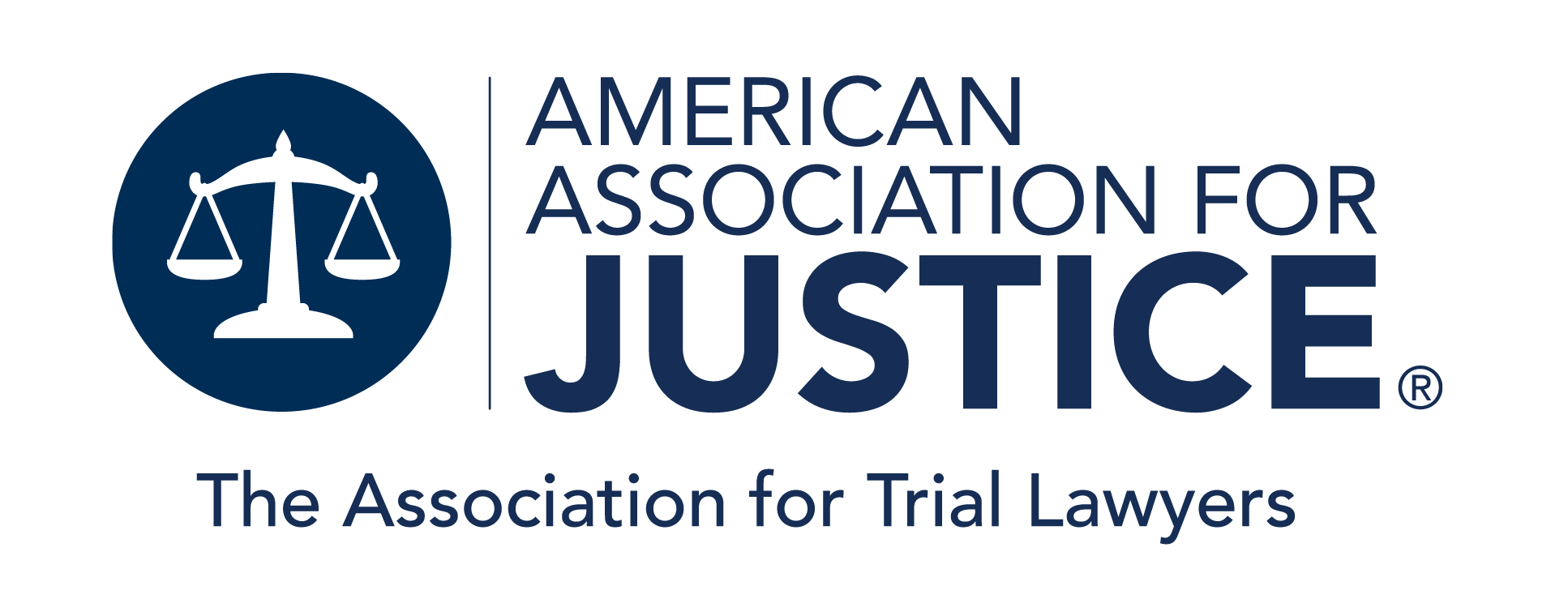Trial Magazine
Good Counsel
Tips for Conveying Wrongful Death Damages
April 2024Wrongful death cases are unique in that typically we’ve never met our “client”—the person who has died. To communicate that person’s life story effectively, we come to know them through photographs, videos, and memories their loved ones share with us. A recent case my firm handled involving the death of an infant at a day care reminded me of a few important things to consider when handling wrongful death cases.
Understand the impact of the loss. As trial lawyers, one of our most important skills is the ability to empathize with our clients. This is especially true in wrongful death cases. It’s important to truly “know” the decedent, which can be accomplished only by spending meaningful time—in person and undistracted—with the surviving family members. You need to understand each person’s familial role so you can appreciate how the loss impacts each survivor differently.1
Dig deeper. Photographs and videos of the decedent serve as powerful brushes that paint a vivid picture of the life lost. But you need to dig even deeper. For example, in the day care case, the parents kept a shoebox full of notes, mementos, funeral and sympathy cards, and more. We photographed and photocopied everything. This became very moving damages evidence.
Look for handwritten notes, voicemail messages, and newspaper clippings—anything from the decedent’s life that demonstrates the richness of their time on Earth. If you have many photos of the decedent, consider putting a few of the best ones together into a simple grid-style collage that you can use as an exhibit at trial. Visually, this can be very effective.
Find references from literature, poetry, music, or movies that capture the loss. Songs, poems, movies, and books all have the power to move us deeply on an emotional level. And because they were not created for the courtroom, these references—like old sayings or adages—tend to resonate and carry credibility. Look for kernels of truth within them that can help capture your clients’ experience and loss.
In the day care case, it was hard to find the words to express the magnitude of the parents’ grief and pain over losing their child. The English language has the word “orphan” for the loss of parents and “widow” for the loss of a spouse, but no word exists to describe a parent who has endured the devastating loss of a child. To help articulate it, we turned to a few poignant sources from throughout history. The first was a quote from President Dwight D. Eisenhower, who, decades after the death of his firstborn son at the age of three, said: “There’s no tragedy in life like the death of a child. Things never get back to the way they were.” This is a powerful statement, to the point, and undoubtedly true.
The second came from renowned poet Robert Frost. His poem “Home Burial” tells the story of a couple who struggle to maintain their bond following the death of their child because of their conflicting and irreconcilable ways of coping with the grief. Paired with powerful photos and other imagery, these two references in our demand letter and throughout our other messaging drove home the damage done by the defendant’s negligence.
Tell the story of what could have been. Overcome the “money won’t bring them back” bias by focusing on what the defendant took away when their negligence cut the decedent’s life short. For example, in a case where the decedent has a checkered past, the defendant’s negligence deprived him of the chance at redemption and reconciliation. In a case involving the death of a young child, the parents will never experience the endless string of “firsts”—first words, first steps, first days of school—and milestones like graduations and weddings—that they wanted to experience with their child.
Liam D. Duffy is an attorney at Yarborough Applegate in Charleston, S.C., and can be reached at liam@yarboroughapplegate.com.
Note
- A great resource on this topic is Robert T. Hall & Mila Ruiz Tecala, Grief and Loss: Identifying and Proving Damages in Wrongful Death Cases (Trial Guides 2010).

